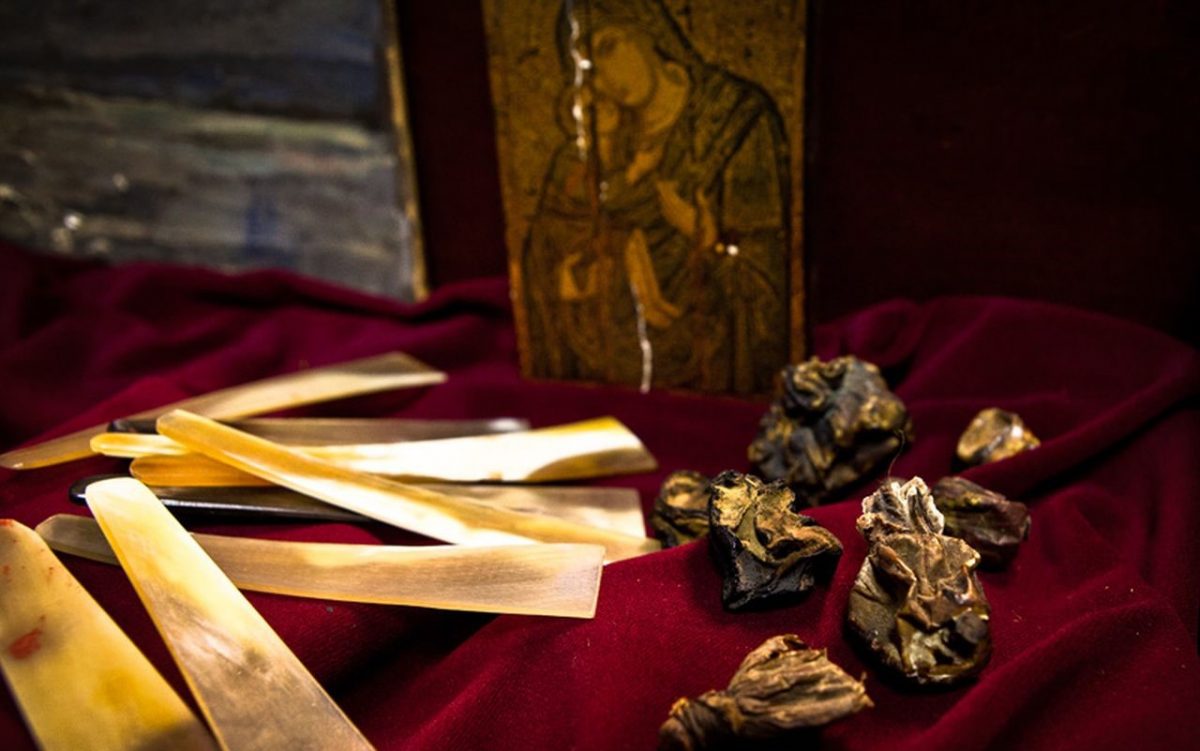
Museum
The Old Holland production process has not changed much since 1664. Pigments and tools have improved over the ages thanks to technological developments. An evolution that has allowed us to accumulate the world’s largest collection of pigments and tools. Take a look at some showpieces.
Would you like to see them in real life? Visit our museum and factory!
The factory and museum tours will take place every first Tuesday of the month (except in January 2024; they will then be on 16 January). The tours start at 11 a.m. The minimum group size is 4, the maximum 10. Tours last about 90 minutes.
Please register in advance via info@oldholland.com
Demonstrations
We will show you how the apprentices of the painters’ guilds used to make their own paint.
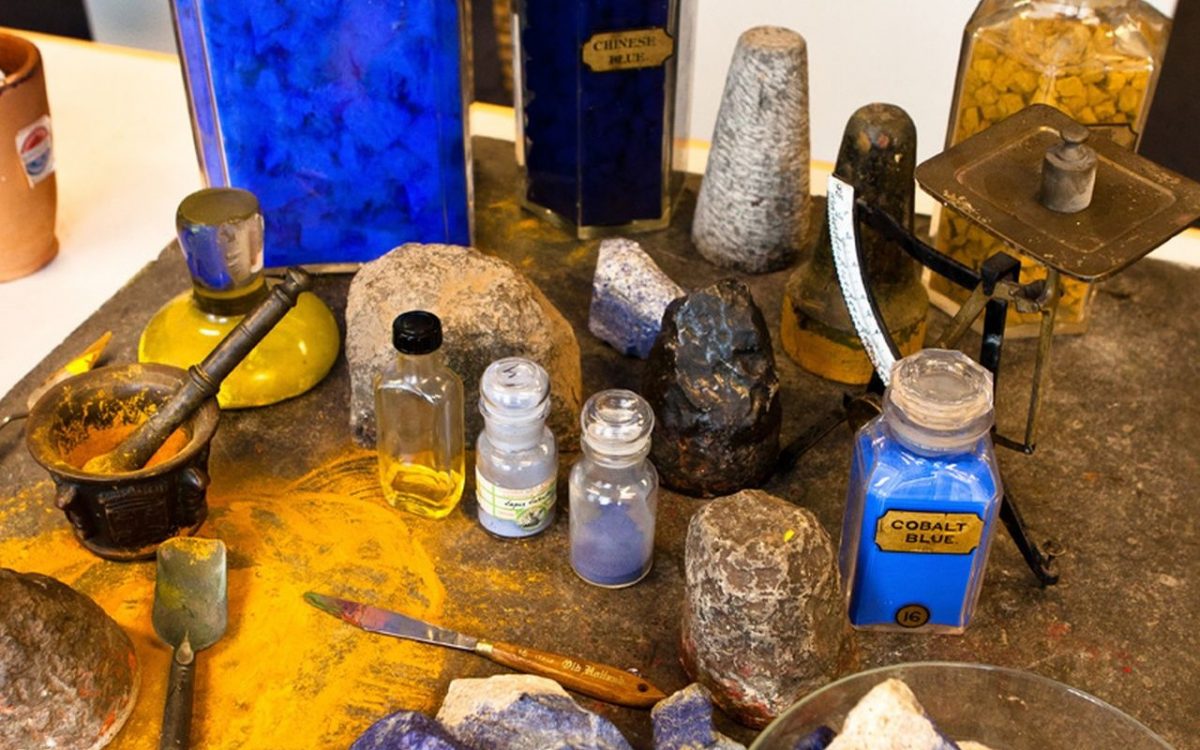
Pigments
Old Holland is the proud owner of the largest pigment collection in the world. They come from all corners of the world and are of all times. The production of some pigments is now prohibited. Other classic pigments are still used at Old Holland.
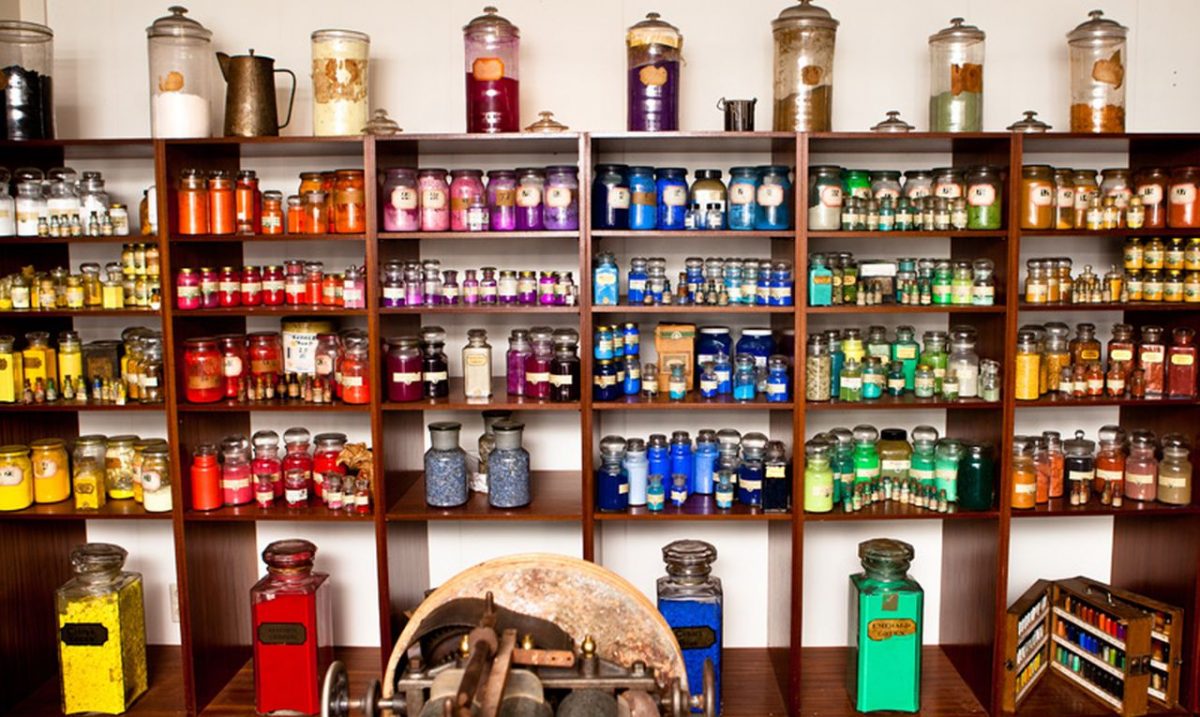
Raw materials
Pigments are obtained from very diverse raw materials. Would you like an example? Painters used to obtain the pigment ‘Indian Yellow’ from a ‘ball’ of cow’s urine.
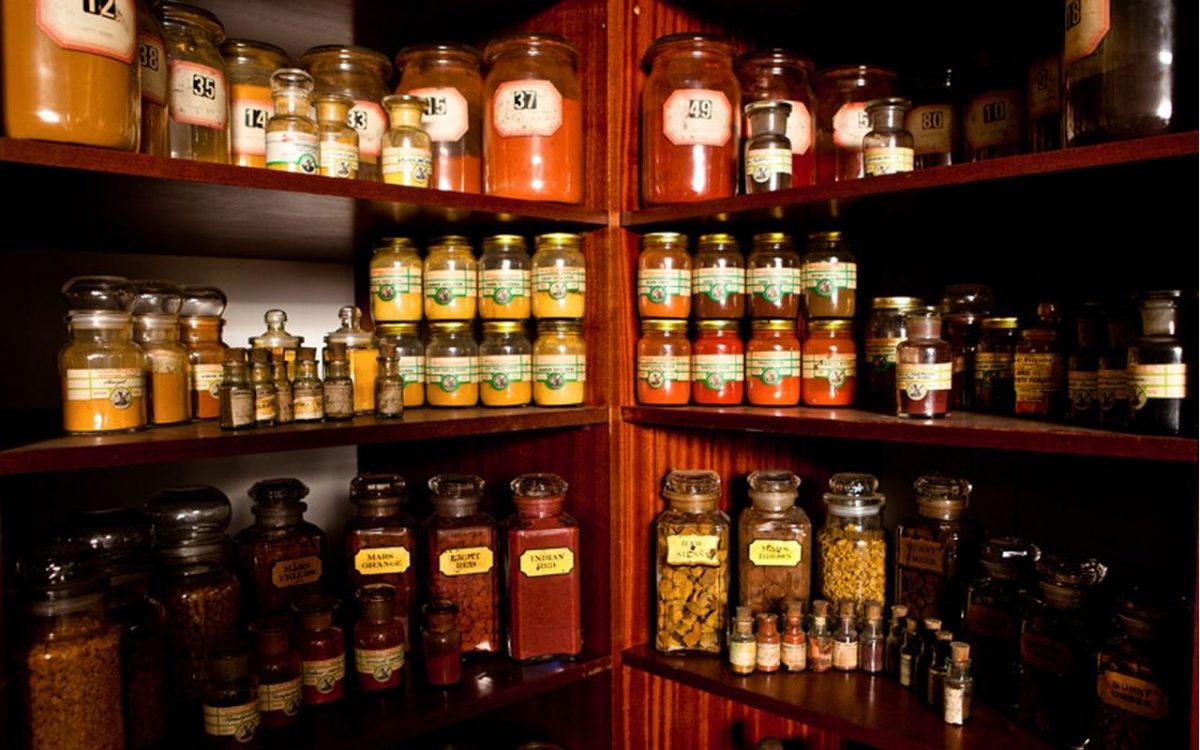
Tripple roll mill
At the start of the 19th century, we began to grind our paint with a manually operated stone roll mill. We still use this production principle today.
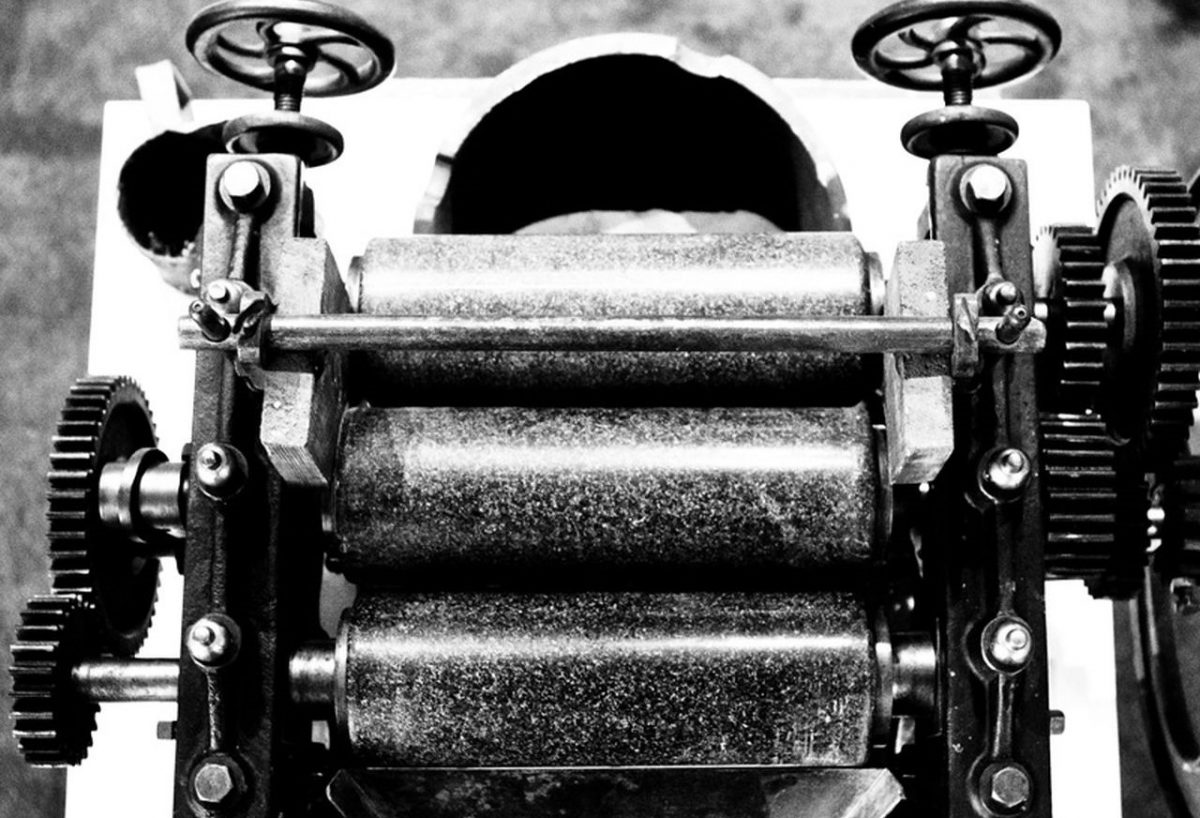
Pot mill
We also use this pot mill to grind oil paint.
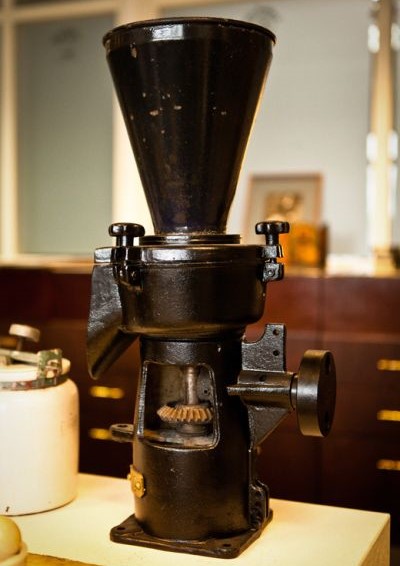
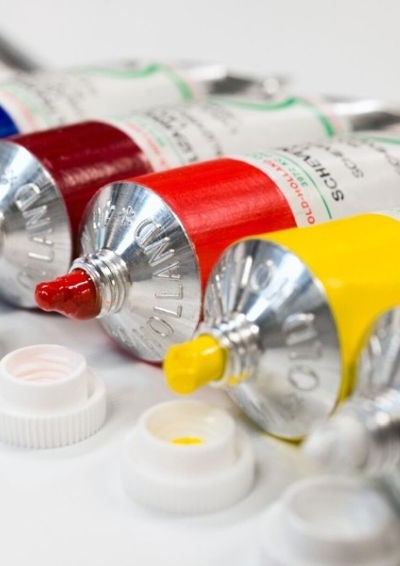
Filling machine
Turn the wheel to fill the tubes with paint. We still use this machine at Old Holland.
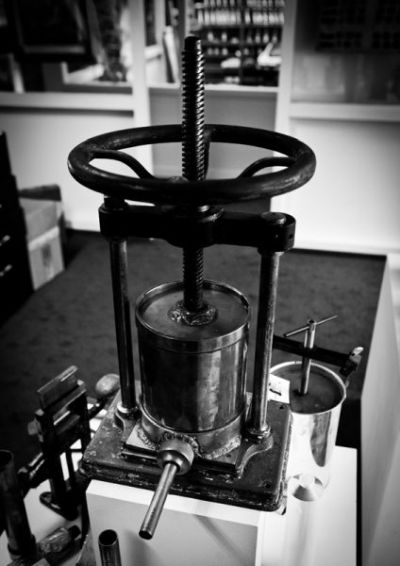
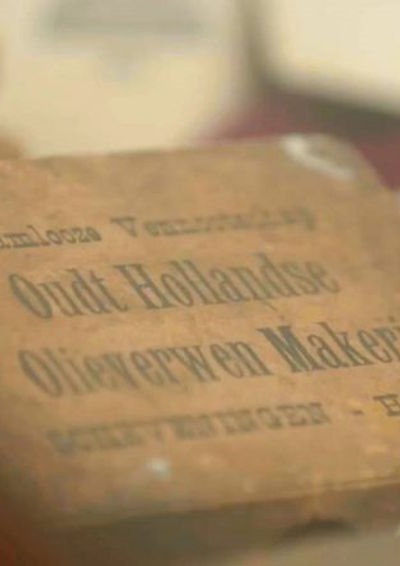
Recipes
The Founding Fathers of Old Holland wrote down all their paint recipes in books. This is where the makers of Old Holland Classic Oil Colours obtain their knowledge and expertise.
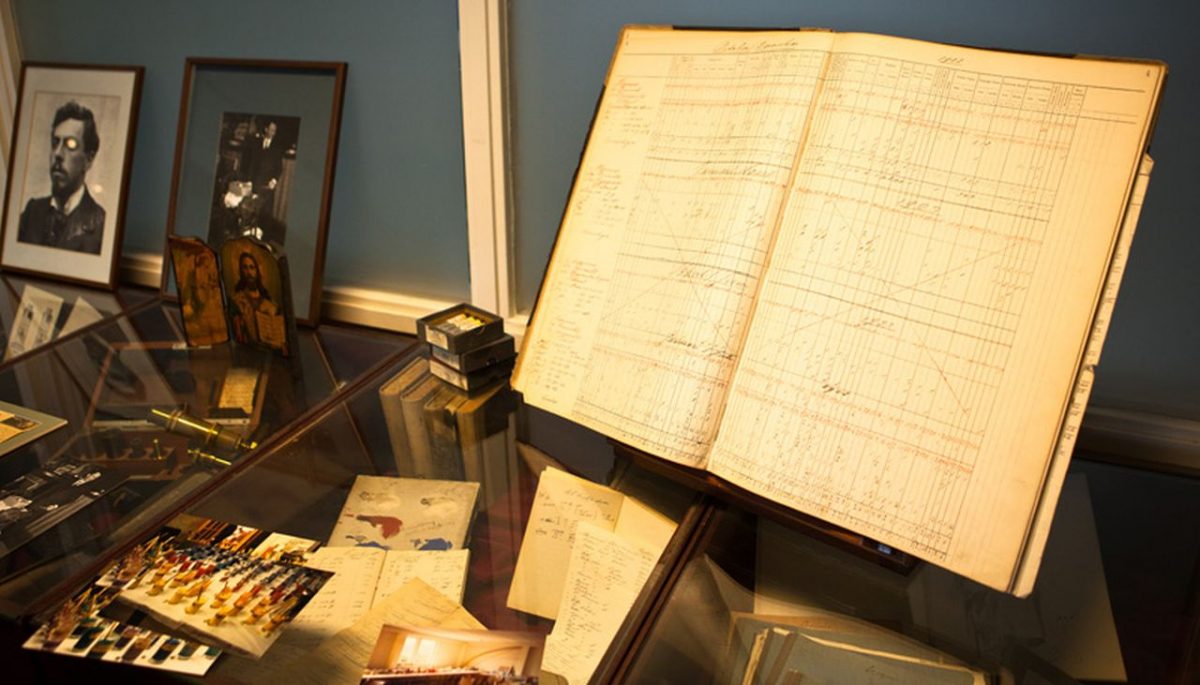
Letter of Jozef Israëls
Painter Jozef Israëls complimented the first Old Holland makers with the quality of their paint. You can read his original letter.
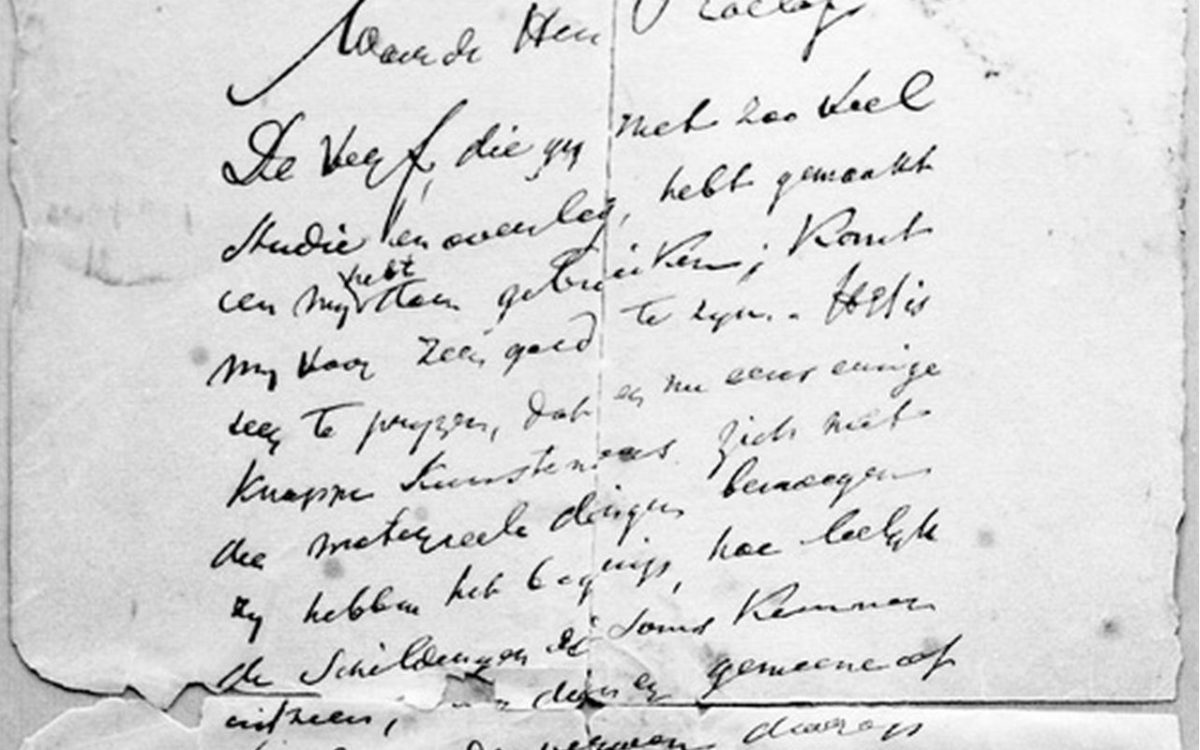
Pig’s bladder
The pig’s bladder is the precursor of the lead tube and later of the aluminium tube. The paint makers dried the pig’s bladder, folded it into a bag and filled it with paint. A clout nail served as a cap.
